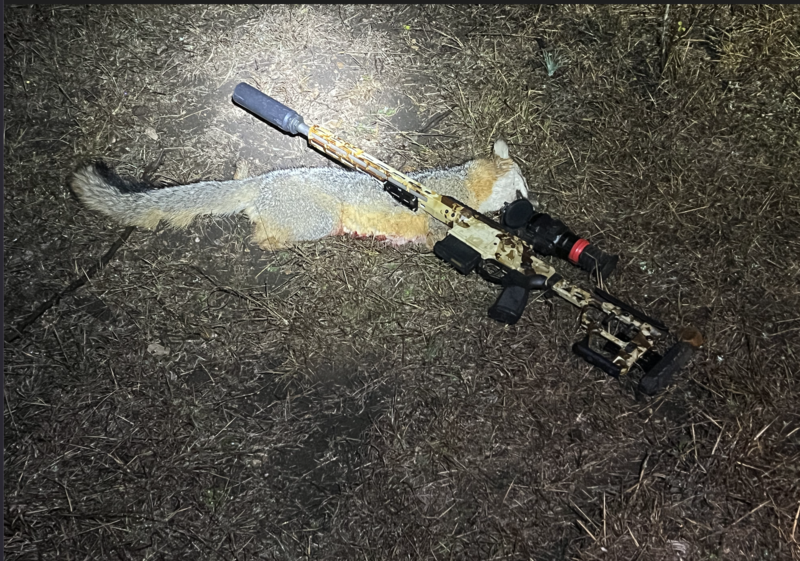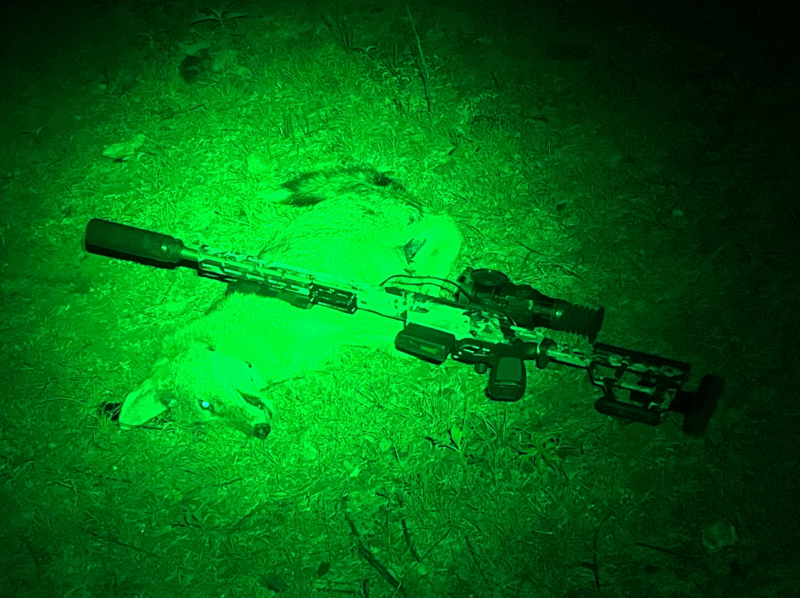Duhhh
Well-known member
I’ve been hesitant to buy a thermal for a while now. One thing that always bothered me was the warranties with them. I understand electronics fail and there’s a shelf life with them but that sucks, especially if you didn’t break the equipment maliciously.
So I’ve just discovered that Sig is going to launch the Echo SV50-LRF. From the looks of it, this thermal won’t blow your top of the line thermals out of the water but it’s got enough features to make it usable (at least to my inexperienced eyes). I looks like they’re going with lifetime warranties on this thermal though.
With that in mind, I’m more intrigued to get into the thermal market. Has anyone looked at these sig thermals yet? Also, what are the chances this pushes other big named companies to provide better warranties down the road?
So I’ve just discovered that Sig is going to launch the Echo SV50-LRF. From the looks of it, this thermal won’t blow your top of the line thermals out of the water but it’s got enough features to make it usable (at least to my inexperienced eyes). I looks like they’re going with lifetime warranties on this thermal though.
With that in mind, I’m more intrigued to get into the thermal market. Has anyone looked at these sig thermals yet? Also, what are the chances this pushes other big named companies to provide better warranties down the road?







